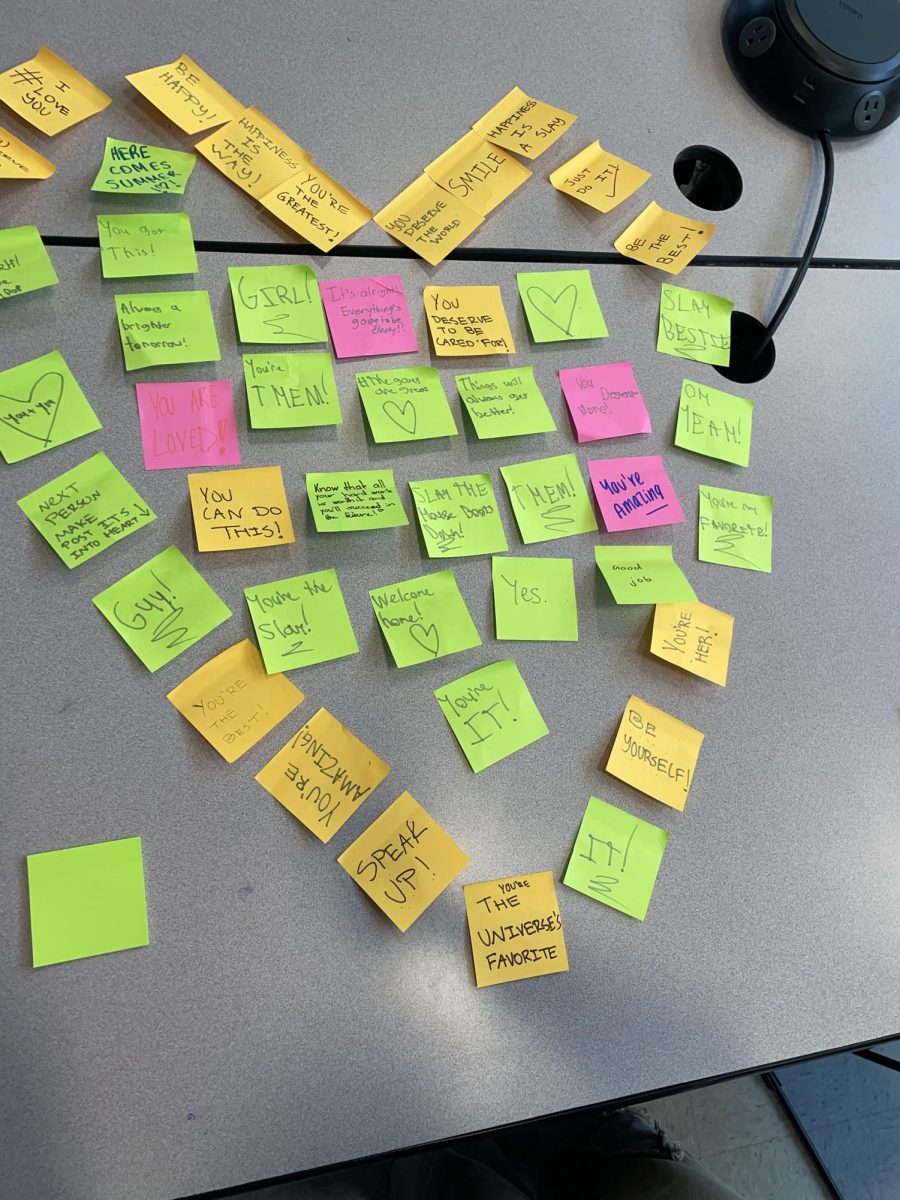The rise of flat design

May 3, 2019
Have you noticed a change in recent years on the Internet? Google changed its logo from its classic 3D style to a more flat and simple design, and app icons like Instagram became more flat and simple-colored. All of these changes are proof of a shift from realistic design to flat design.
Flat design has no specific origins as many art styles form over time by different people and events. Though much of its inspiration may have come from Swiss styles of the early twentieth-century and minimalism before the computer revolution, it’s safe to say that flat design bolstered in popularity by major tech giant rivalry.
Microsoft and Apple contested each other for the better user-interface design for appealing to consumers, with Microsoft coming up with its own beginnings of flat design. Apple took it one step further by shifting from its old realistic app icons and styles that lasted until iOS 6, and changed everything to flat design by the launch of iOS 7. Many companies, websites, and people liked the new “modern” art style, and it stuck for years afterward.
Today, flat design is still a major art style that has recently become more detailed. Flat design is focused on content, color, text, and accessibility on different devices. Many websites are now based on flat design to help load faster. App icons and interfaces like Instagram and Twitter have flat design to follow the modern trend, and there’s never been more flat design art available than in the twenty-first century.
What’s great about flat design is that anyone can get involved in the movement. Surprisingly, useful programs that people use all the time already like Google Slides and Microsoft PowerPoint allow for easily making flat design art with various shapes and lines provided. Free programs specifically for art design like Gravit Designer are also available for everyone. Join in on creating with one of the simplest yet creative art styles of the century!















